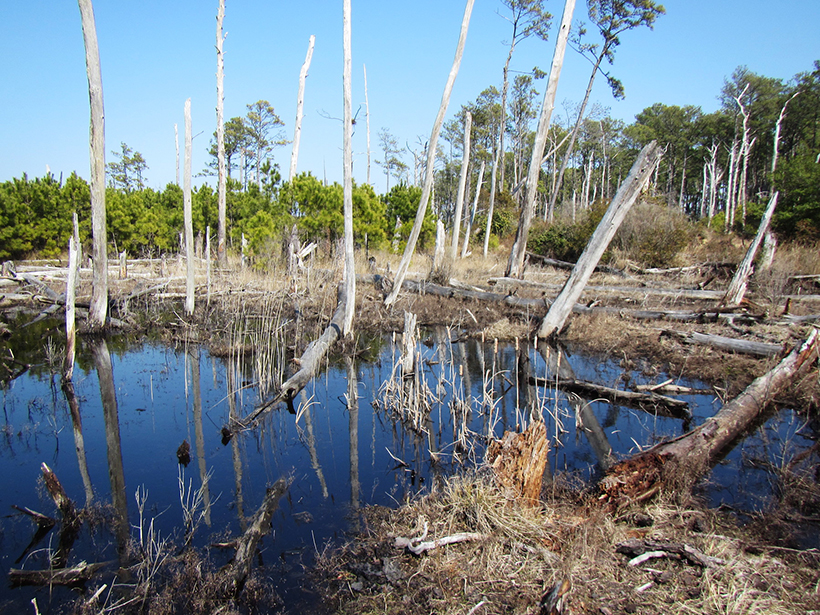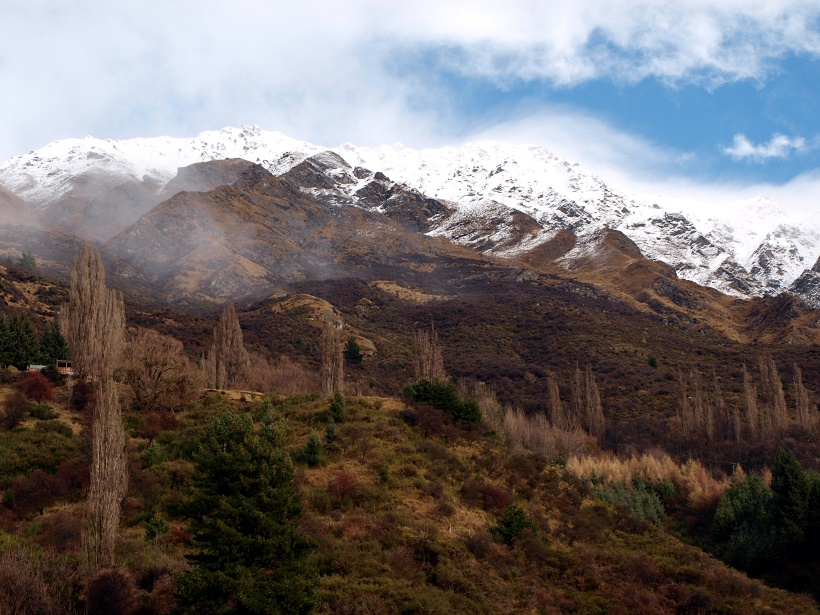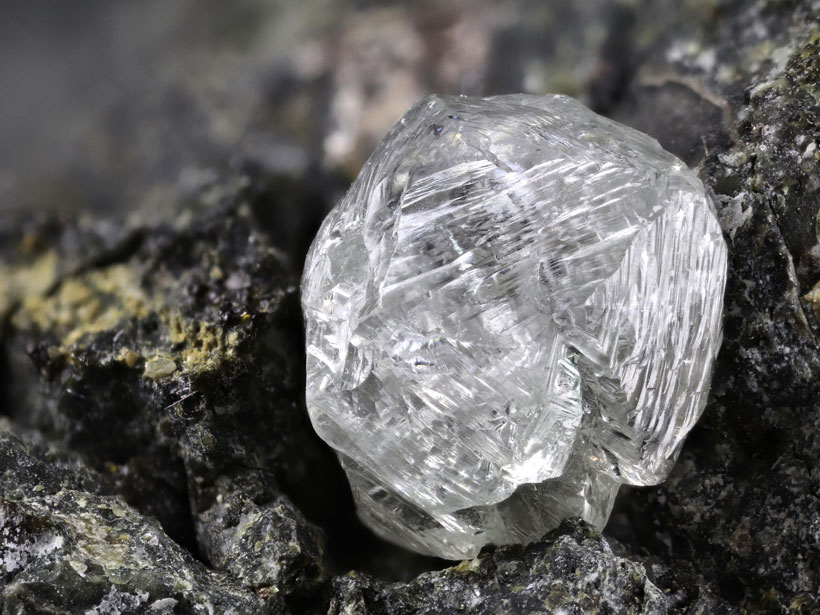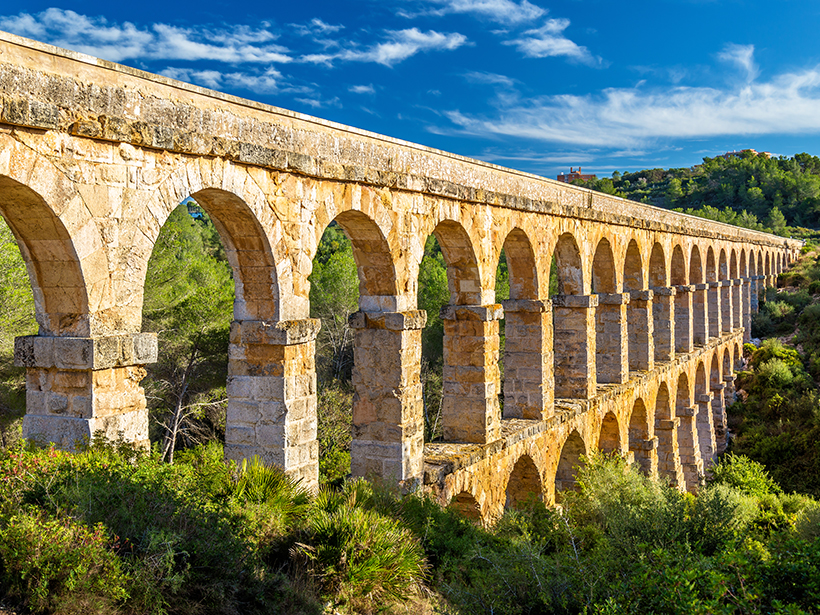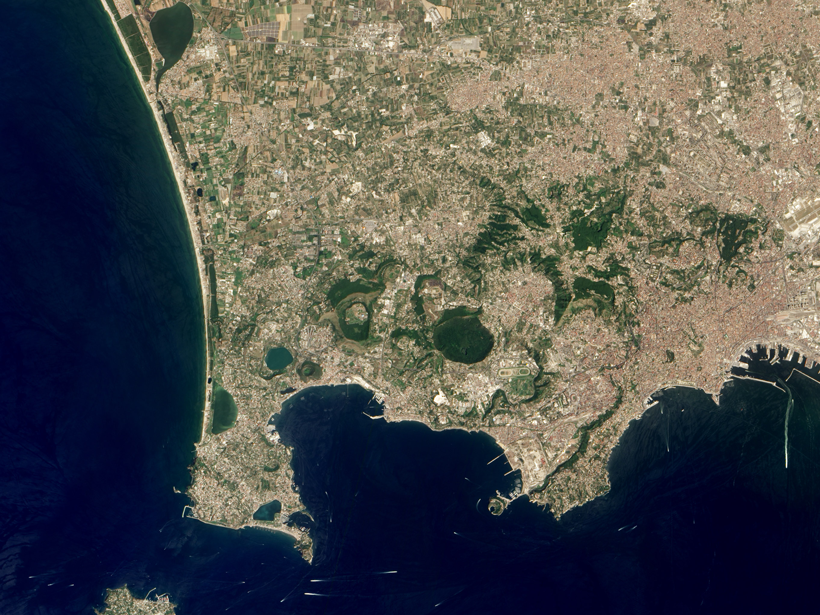Oil spill expert Nancy Kinner discusses lessons learned from Deepwater Horizon, dangers of aging infrastructure and atomized dispersants, and a Russian plan that imperils Arctic waters.
CC BY-NC-ND 2018
Impact of Hurricanes and Nor’easters on Coastal Forests
Scientists trace severe storms’ effects through tree ring growth patterns.
Welcoming Women into the Geosciences
Early results of a program to foster the careers of women entering the geosciences demonstrate the effectiveness of several specific factors.
Coupled from the Start
Atmosphere and land model development has historically been segregated but coupled processes crucial to prediction and extremes can be properly represented only with a holistic approach.
Diamond Impurities Reveal Water Deep Within the Mantle
A high-pressure form of ice, trapped within diamonds forged in the lower mantle, suggests that aqueous fluids reside deeper in Earth than we knew.
Five Weird Archives That Scientists Use to Study Past Climates
When tree rings, ice cores, and cave formations can’t cut it, try your luck with whale earwax or bat poop.
Are We Prepared for the Next Mega Eruption?
The frequency of eruptions with a Volcanic Explosivity Index of 7 is only one or two per thousand years but we cannot afford to be complacent.
Virtual Mentoring Rewards Scientists at All Career Stages
Five geoscience organizations recently established an online global mentoring service for their disciplines.
Visualizing One of the Most Hazardous Formations in Nature
A network of buoys provides a first glimpse of the seafloor beneath a volatile Italian caldera.
Two-Career Chaos: A Look in the Rearview Mirror
Can we really have it all? A scientist reflects on the gut-wrenching choices of juggling marriage, kids, and careers.


